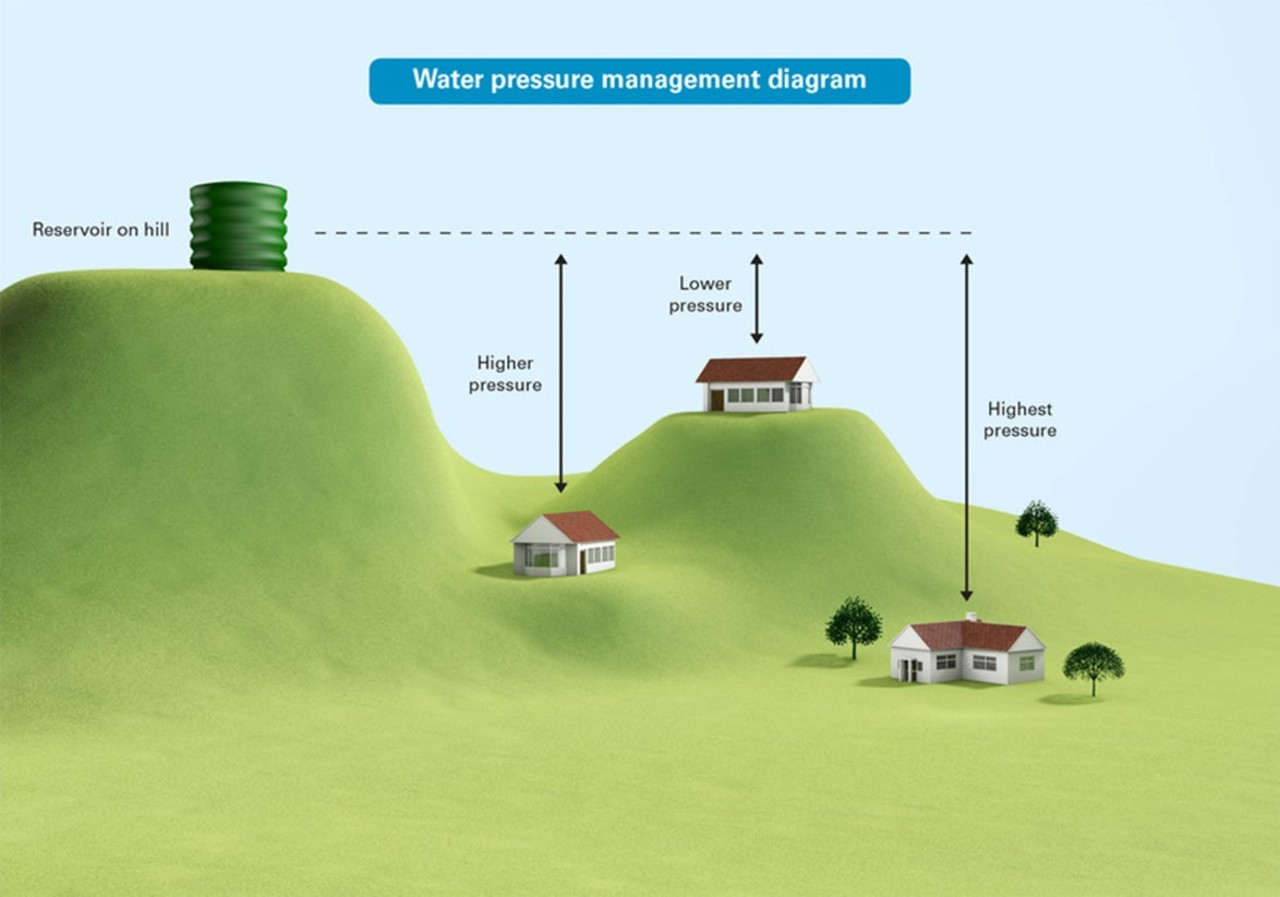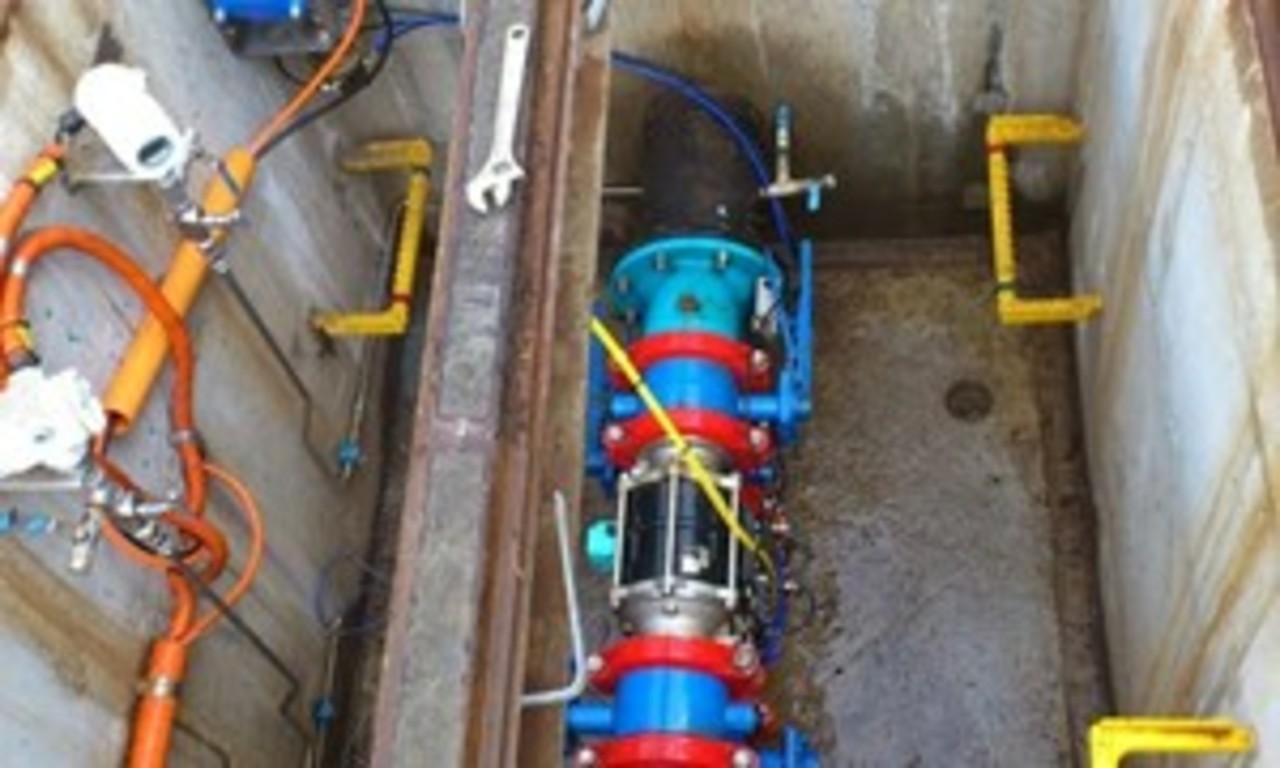Log in
Achieving more consistent water pressure levels
High water pressure can lead to breaks in water pipes and cause leaks in our water system. Our Water Pressure Management Program allows us to reduce or increase water pressure where it's needed across our network.
About this project
The ongoing Water Pressure Management Program targets areas across Greater Sydney where water pressure is higher than average. By achieving more consistent pressure levels, the program aims to:
- reduce the number of pipe breaks
- improve the reliability of the water supply system
- save water.
Water pressure is the force needed to move water from our main supply pipes into customers' private pipes. The current overall average pressure in our network is 52 metres head. Some customers receive significantly higher pressure – above 100 metres head.
Metres head is how we measure water pressure. It's the height (head) that water rises vertically. For example, if you have a swimming pool that is 10 metres deep, the pressure at the bottom of the pool is 10 metres head. Our Operating Licence requires us to supply a minimum pressure of 15 metres head at the point of connection to the property, usually the mains tap. Most properties in Sydney, the Illawarra and the Blue Mountains receive water pressure at between 15 and 65 metres head.
Water is distributed to customers through a network of water supply zones. Water reservoirs are located at high points in each supply zone and water is distributed from the reservoir across the zone using gravity. Water pressure varies at different locations in the zone. Properties in low areas receive higher water pressure. If water pressure is too high, it can cause pipes to break. Properties in high areas receive lower water pressure. If water pressure is too low, you may not be able to use it as you should.
Your property's water pressure depends on:
- how far you are from the reservoir
- your property's elevation in relation to the reservoir.
We monitor and respond to enquiries in our water network to ensure customers receive consistent water pressure above the minimum pressure outlined in our Operating Licence.
We reduce water pressure gradually, using pressure reduction valves and monitoring points to achieve more consistent, lower water pressure levels across our water supply network.
Benefits
Water pressure management has many benefits, as it:
- reduces water demand and leaks as a result of lower pressure, to help meet water conservation targets
- improves the reliability and continuity of supply by reducing pipe breaks
- reduces pressure fluctuations to achieve more consistent water pressure across our system
- extends the life of our water supply pipes and assets.
Impacts
Most residents and businesses in pressure-managed areas won't be significantly affected. Reduced water pressure won't mean you'll have less water. You may need to turn on the tap more, and it could take a little longer to fill a bath or washing machine.
In areas where we manage water pressure, we'll help you prepare for any changes in pressure.
Some instantaneous hot water systems, corroded galvanised pipes or existing pressure-reducing valves may not work as effectively with reduced water pressure. If you have these, you may need to upgrade them.
Private infrastructure that depends on water pressure may also be affected. Property owners are responsible for the design and working order of fire protection systems and other water pressure-dependent systems and devices on their property.
Photos and videos


